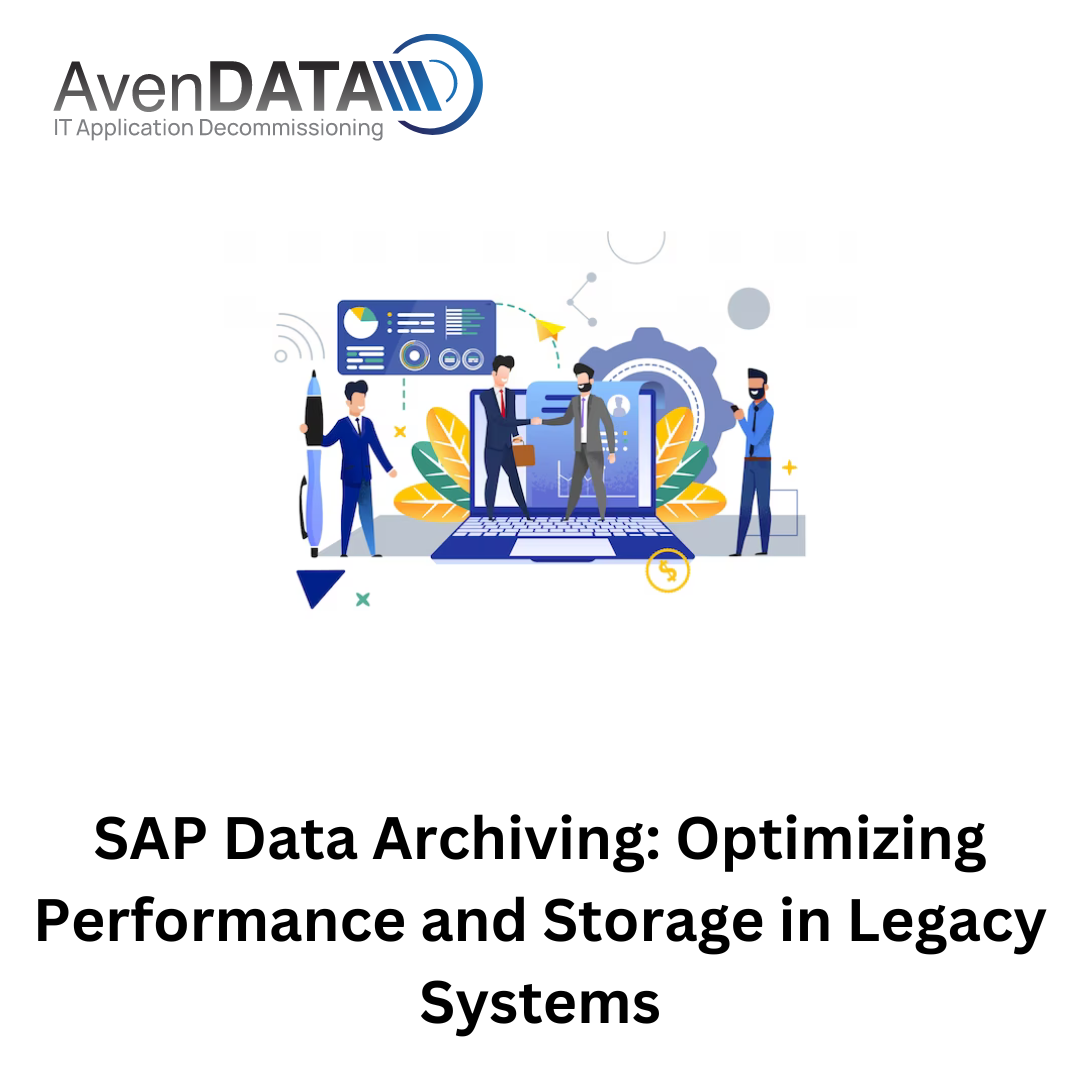SAP Data Archiving: Optimizing Performance and Storage in Legacy Systems
 james jonas
james jonas
Introduction:
In the dynamic landscape of enterprise resource planning (ERP), SAP systems play a pivotal role in managing and processing vast amounts of data. However, as data accumulates over time, it poses challenges to system performance and storage resources. To address these challenges, organizations turn to SAP data archiving—a strategic approach that goes beyond mere storage management. In this blog, we embark on a journey to explore the world of SAP data archiving, deciphering how it optimizes performance and enhances storage efficiency in legacy systems.
Understanding SAP Data Archiving:
SAP data archiving involves the selective transfer of historical data from active databases to external storage, allowing organizations to maintain system performance and adhere to data retention policies. This process is not merely about reducing storage costs; it's a proactive strategy for maintaining optimal system responsiveness.
The Performance Boost:
One of the primary benefits of SAP data archiving is the significant enhancement in system performance. By offloading historical and rarely accessed data to external storage, the active database becomes leaner and more responsive. Users experience faster query responses and transaction processing, contributing to improved overall system efficiency.
Storage Efficiency Redefined:
In the realm of legacy systems, efficient storage management is crucial for maintaining a sustainable IT environment. SAP data archiving optimizes storage space by relocating historical data to cost-effective external storage solutions. This not only reduces the strain on primary storage resources but also contributes to substantial cost savings.
Navigating the Archiving Process:
Implementing SAP data archiving involves careful planning and execution. Organizations need to define archiving objects, which specify the data to be archived, and establish retention policies aligned with business and regulatory requirements. By navigating this process thoughtfully, enterprises can strike a balance between system performance, storage efficiency, and data compliance.
Overcoming Challenges:
While SAP data archiving offers substantial benefits, challenges may arise during implementation. These challenges could include ensuring data consistency, addressing dependencies, and managing access to archived information. This blog will provide insights into effective strategies for overcoming these hurdles, ensuring a seamless archiving process.
Future-Proofing with SAP Data Archiving:
As organizations evolve, so do their data management needs. SAP data archiving is not just a solution for the present; it's a strategic investment in the future. By adopting best practices and staying abreast of SAP's evolving archiving capabilities, organizations can future-proof their legacy systems, ensuring they remain agile and responsive in the face of changing business landscapes.
Conclusion:
In the ever-expanding universe of SAP systems, data archiving emerges as a beacon of efficiency, optimizing performance, and redefining storage strategies for legacy systems. This blog aims to unravel the intricacies of SAP data archiving, offering actionable insights for organizations seeking to enhance their system performance, achieve storage efficiency, and embrace a future-ready approach to data management.
Subscribe to my newsletter
Read articles from james jonas directly inside your inbox. Subscribe to the newsletter, and don't miss out.
Written by
